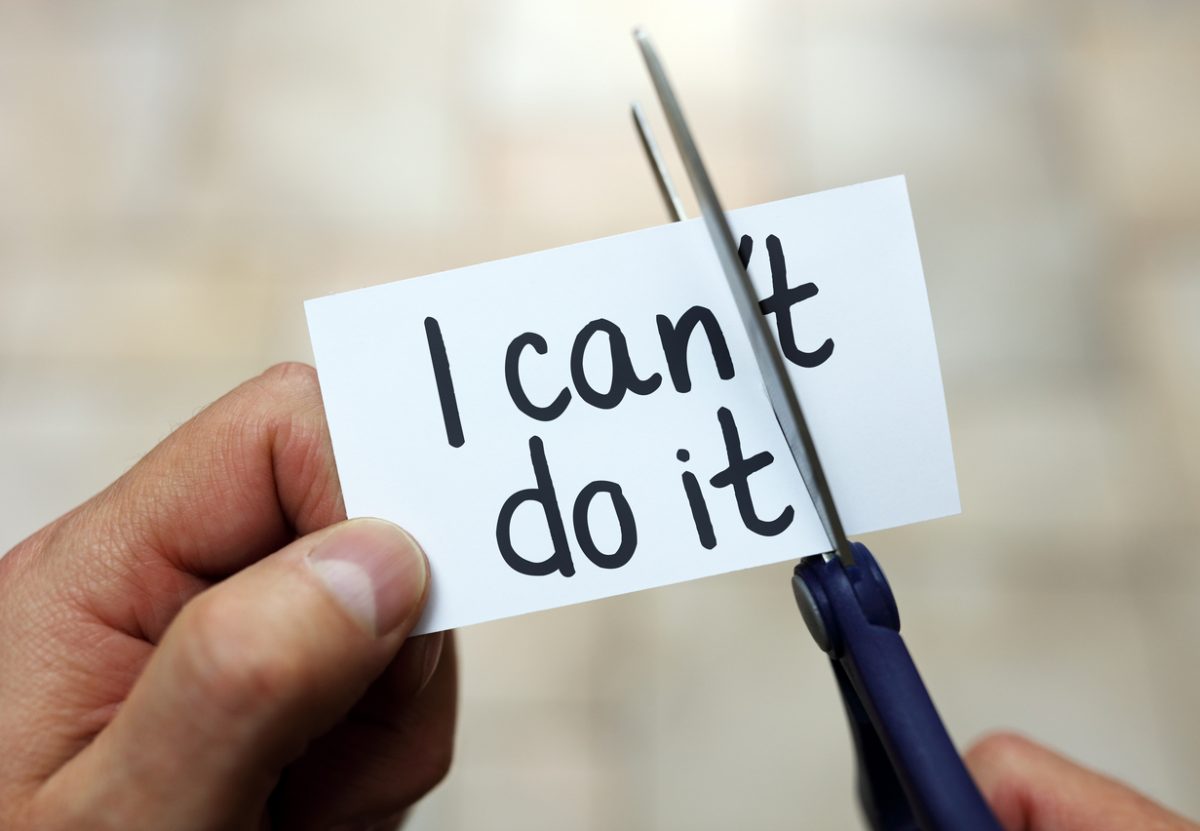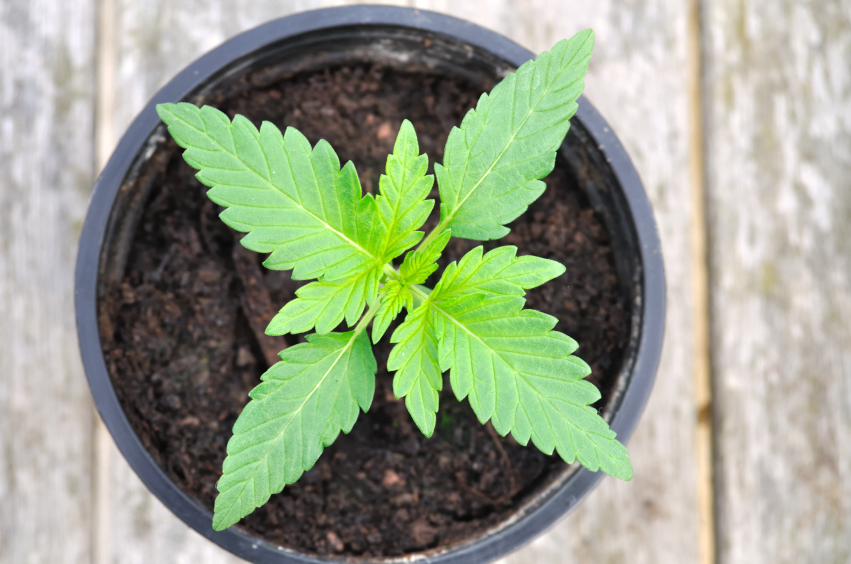
Addiction is not a choice. No one chooses to be addicted. To be addicted is to be trapped in a cage of your own making. You can get out, but unlike any other ordinary cage, the urge to crawl back in is too powerful to resist at times.
Yet when you’re in, the door locks itself again, and you’re filled with regret. You want to get out, but it’s hard. When you’re finally out again, the urge to go back begins anew.
Like a special hell, addiction is not something anyone willingly signs up for. You find yourself struggling day in and day out, and your cage grows ever tighter. It was fun at first, but it becomes harder and harder to feel like you felt that first time around, and the way out becomes more and more elusive.
But why? Why do addictive drugs make us feel that way? What is it that makes people feel trapped, unable to escape, only to be sucked back in when they finally do manage to break away? Why is addiction not a choice? The answer lies in your brain.
Why Addiction Isn’t a Choice
Let’s start by understanding that the emotions we feel are strictly a result of chemical interactions in the brain mostly in response to our environment. When you’re feeling sad, melancholy, nostalgic, angry, happy, or in love, there’s a complex series of signals going off in your mind, with neurotransmitters going from brain cell to brain cell, communicating and making you feel. You, as a whole, function as a system, and that system is controlled by thoughts and emotions.
The brain is where these emotions happen, influenced in large part by external stimuli. When you see a puppy, your first instinct is to think of it as something cute. We feel this way towards most baby animals, but we feel this way the most towards baby mammals that look the most like other humans. Dogs are particularly wired into our subconscious because we’ve been domesticating them for millennia, but it’s all part of a greater need to protect the small and weak, so they can survive and thrive in this world.
Sexual attraction works much the same way. A combination of subconscious cues attracts us to certain facial shapes, body types, pheromones, and smells.
With anger, and rage, your stress levels go through the roof and if a threat is clear, then your adrenal gland sends you into a fight or flight response. This is common in response to sudden pain – in the moment of being hit, you see red, and your first instinct is to identify the source of the pain while the anger washes over you. Occasionally, some wires get crossed, thoughts turn dark, and our anger grows too strong.
Your Brain on Fun and Pleasure
Pleasure is one of the most important feelings. Our ability to feel good about something allows the brain to reinforce behavior, allowing us to highlight important things, and figure out what it is that we need to do again in order to feel that way. Exercise, good food, sexual activity, social status, and personal accomplishment are among a few different things that make us essentially feel good, boosting our self-esteem and confidence, washing away negative emotions, making us yearn to be a bigger part of the tribe, and giving us a sense of contentment. We crave to repeat those experiences, and we seek them out. In some cases, this backfires. For example, because we’re built to process simple carbohydrates as a quick fuel source, we generally crave sweet things. Sweetness is rare in nature, generally. But through industrialization, companies can capitalize on this inner need to consume sugar, by selling it to us in various forms, causing us to quickly gain more weight than we should.
Addiction is another such consequence. Very few specific compounds interact with the brain as though they were neurotransmitters, only that these compounds are much more powerful than what our body would ever produce, creating an otherworldly emotional and physical state known as a high. You’re overcome with pleasure and a sense of calm, while dopamine floods your brain.
Soon after that first high, you begin to want a second. It’s innocuous at first, and many can experiment with such substances and never develop a need for them. But if you’re in the wrong mindset, and crave to feel good, that first high quickly turns into a fifth, a tenth, a twentieth. There’s no specific number for getting addicted, but over time and somewhere along the way, it all clicks, and you’re stuck.
When you start taking a drug that is deemed addictive, it changes the way your brain processes pleasure. The first high doesn’t change much, but it lays the foundations for greater modification. You see, the brain is very adaptive. That’s one of its great strengths, because it allows us to survive under the most horrific circumstances, by pivoting and adapting to our surroundings. But when presented with something like an addictive drug, the brain adapts in the other way, by numbing the drug’s effectiveness – and, in the process, making everything else pale in comparison to the drug.
This is called tolerance, and with it comes withdrawal – the brain begins to rely on the drug as a regular occurrence and stopping causes you to experience unpleasant physical and mental symptoms, including nausea, fever, and irritability.
It Starts with Choice
People generally get addicted for two reasons: internal factors, and environmental factors. Internal factors are largely genetic. Some people are predisposed to getting addicted, because of the way their brain responds to certain substances. Others are simply more likely to get addicted because they’re more likely to seek out drugs to begin with, perhaps because of another condition like a major depressive disorder.
Environmental factors are everything else. A bad childhood, early trauma, loss and pressure, stress at work, a life in disarray, the need to fit in – there are many reasons people start using drugs, and most of the time, they start using as a choice. Some find themselves in truly terrible positions, where drug use is forced upon them by a controlling partner, but others find themselves in a mentally vulnerable place, where their judgment is clouded and the ability to think of the risks is diminished to the point where they don’t matter to that person, in that moment, for any given number of reasons.
That’s how it begins, but it always turns into the same thing – a cage, getting smaller and smaller.
Patience is Key
Drug treatment is largely based on successfully treating a person therapeutically, by giving them the tools to decide to stay sober long enough for their past to no longer haunt them. Time is what really treats an addiction – time away from the drug helps the brain recover, and it helps you set up a life that you won’t ever give up that easily ever again.
But it’s important to be patient, and to understand that there will likely be missteps and setbacks. This time, however, you have the choice to move past them get back on track no matter what happens.









